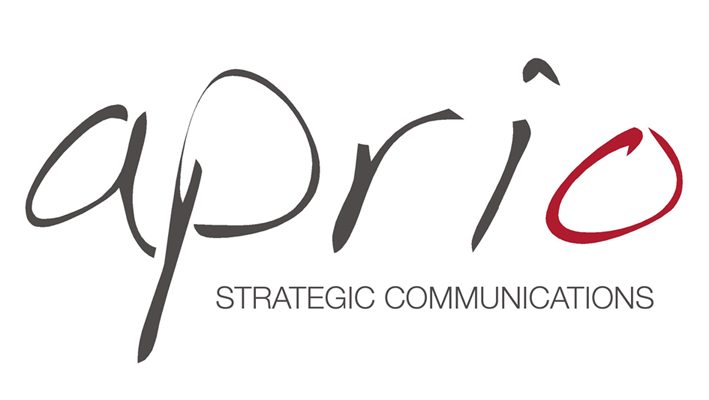
For many years, the worlds of public relations and search engine optimization
(SEO) have existed on different “islands,” providing mutually exclusive
benefits.
Through Google’s Penguin and Panda algorithmic updates—two
changes that have boosted the importance of editorial quality and referral
sites, and have nixed the spammier forms of SEO—public relations and SEO have
emerged as similar practices.
Today PR and SEO have nearly identical
goals: to obtain earned media. Both PR and SEO need a backbone of relevant,
informative, and newsworthy content.
SEO is evolving into a PR and
content-oriented practice. Those islands are converging with shared tasks,
vision, and goals. Whether you are a PR pro looking to augment your digital
practice or an SEO expert looking for time-tested relationship-building and
media relations skills, here are ways you can integrate the two practices to
create a maximum boost for your business:
Domain juice
Guest posts or blogs are a key component of most enterprise’s
public relations plans, as they do a lot to establish expertise. When you write
a bylined guest article for an online publication, be sure to work with an SEO
expert to make sure the links and anchor text included in the article work to
your business’s advantage.
An example: At
iAcquire (the digital marketing agency where I work), I
recently joined forces with the director of business solutions, who is
responsible for the strategy behind our clients’ SEO and reputation management.
The original copy in my byline article included branded keywords and linked to
our home page.
After a keyword analysis, my colleague was able to tell
me that there was far greater value in linking to a sub-page within our site on
our offerings using the keyword “X”. The more relevant the link, the better, so
leverage internal relationships with an SEO team to boost your overall efficacy.
Influencer outreach SEO and PR should partner
in influencer outreach efforts to boost a brand’s online reputation.
Recent Google updates lend a stronger share of the pie to social
signals, so establishing relationships with key influencers on those social
networks has both SEO and PR value. Work together to define, evaluate, and reach
out to social influencers. Realize that this partnership can secure future media
relationships and boost social signals for your business.
Shared
media lists PR pros have media lists. SEO experts have lists of
external website and blog targets. SEO professionals might take a more complex
look at an external site’s page rank, unique visitors, or Alexa rank, while a PR
pro’s list is more likely to have information on the outlet’s editorial angle,
beat, and individual reporters. Combine your lists and work together on an
outreach strategy. SEO pros can learn a lot about the basics of relationship
building; PR professionals can learn about site analytics.
Press
release 2.0 Press releases are ancient. Optimized press
releases aren’t.
Simply put, releases that are optimized to include
multimedia assets and link to social channels are very effective. Use SEO
tactics to find popular keywords, inject them into your press release, and then
see the search engine traffic flood your brand’s website. Work with a digital
marketing team to create unique assets such as video interviews to give the
content of your release that extra boost of interactivity.
Content Whether you are in SEO or PR, the
underlying necessity to create high-quality content remains the same. Create a
shared editorial guideline document that has some of these basic pillars:
1. Gives a unique angle to a told story;
2. Shares new
information;
3. Has a backbone of a strong intro, body, and conclusion;
4.
Is not thin content (i.e., doesn’t simply identify a problem without really
giving any solutions);
5. Is newsworthy: creates a stir, is tied to a current
event, and doesn’t cover stale news;
6. Is backed up by research;
7.
Offers a solution;
8. Has a clear audience in mind;
9. Demonstrates why
the topic is important and whom it affects;
10. Passes the “So what?” test.
Also, strong on-page content, that is, the actual text on the
static pages of your website, such as an “about” page, is important for all
departments within a business. Around 15 percent of the Google algorithm focuses
on on-page content: its relevance, usefulness, social sharability, and metadata.
Therefore, it should be a joint concern for SEO and PR. Webpage copy needs to be
search-engine friendly, informative, and unique to rank highly and gain
attention.
Combining editorial calendars Stay
consistent. Create a combined editorial calendar for internal content, social
updates, and external targets. Disjointed messaging can create confusion in the
way consumers view your brand.
Link reclamation
As a PR professional, you likely have a long list of media
placements you’ve obtained. When was the last time you shared that list with
your SEO team? You may be wondering why you would hash up placements from the
past, but it actually can serve as a pretty effective form of link building for
SEO pros.
Give the list of old placements to your SEO team and have them
contact the outlets, especially if they didn’t link back to your site. This can
diversify and grow the overall number of links you have pointing back to your
organization’s domain.
[RELATED: Register for our PR
Measurement Summit by Aug. 1 to get the early bird discount.]
PR stunts and events Over-the-top
media stunts, events, launches, and meet-ups can attract great coverage and more
links for your business. SEO and PR pros can work together to spread the word
about events through social influencer outreach, submitting events to community
local listings, and generating hype prior to the event. Invite journalists,
webmasters, bloggers, and brand advocates to the event, and they will cover the
event.
